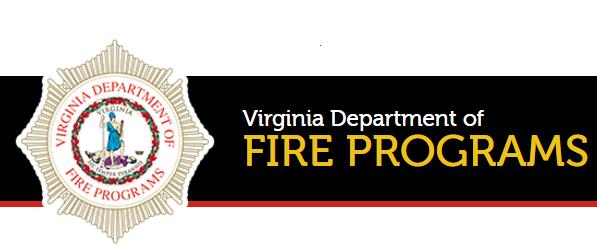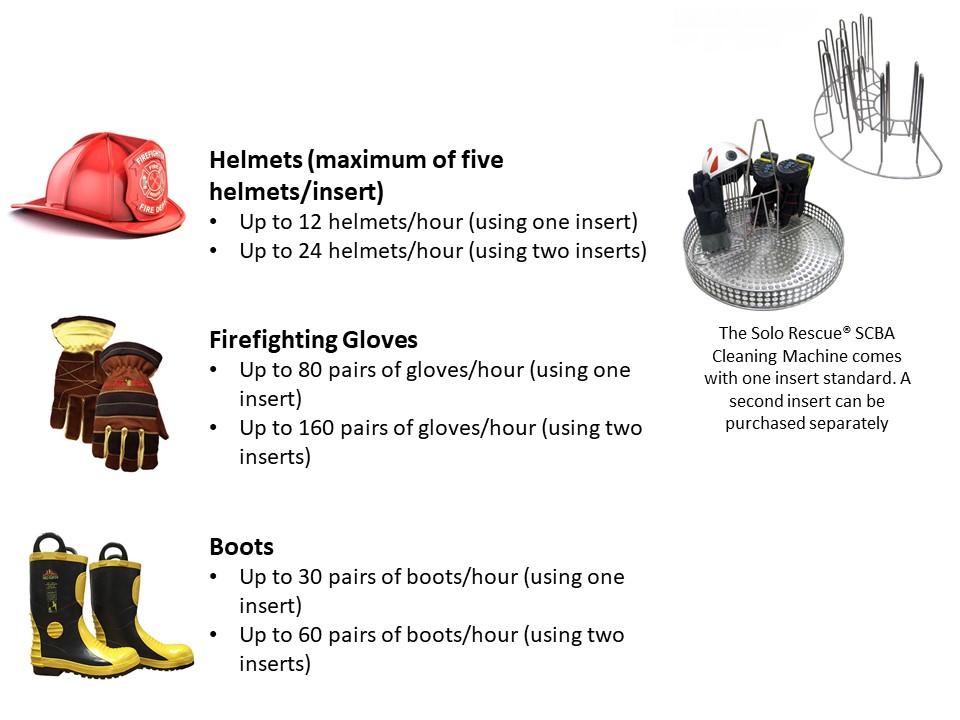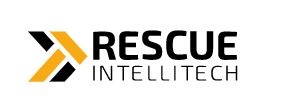Sponsored content from RESCUE Intellitech
By: Robert Avsec, Executive Fire Officer

On July 22, 2020 the Virginia Department of Fire Programs (VDFP) announced a crucial update to its Live Fire Training Policy prohibiting the use of oriented strand board (OSB) as a fuel for live fire training sessions in the Commonwealth.
In addition to VDFP prohibiting use of OSB containing poly-methylene diphenyl diisocyanate (PMDI), the update includes guidance and direction for performing contaminant reduction (decontamination) and medical evaluation procedures upon the conclusion of a live fire training session. The policy change is applicable for all live fire training sessions that are conducted in VDFP training programs, facilities that host VDFP-funded schools, and when flashover simulators are used for training.
Current research shows that when OSB wood products containing PMDI burn they release significant levels of toxic byproducts including known carcinogens, such as benzene, along with other hazardous by-products, such as polycyclic aromatic hydrocarbons (PAHs). The policy upgrade by VDFP ensures that live fire training sessions in Virginia comply with the requirements in the 2018 edition of NFPA 1403: Standard on Live Fire Training Evolutions.
Cancer Reduction Activities Following Live Fire Training Sessions
Cancer reduction among firefighters and EMS personnel has become a top priority for fire departments, along with state agencies, such as VDFP, that provide fire training programs and resources for firefighters in their respective states.
VDFP’s mobile training simulators
Live fire training sessions present the department or agency conducting the training with a formidable challenge when it comes to the necessary logistics at the completion of a training day. I served as the Training Division Chief for a metro-size fire and EMS department (a department serving a population of 250,000 or more) in the mid-2000’s so I’m well acquainted with the time and effort required to get PPE and SCBA—for a session of 25-30 students and instructors—cleaned and properly stored before “turning out the lights” for the evening.
The more I learn about exposure to toxins, the more scared I become: An eye-opening book leads to uneasy reflection about past behavior on the fireground
And most of my colleagues would likely agree that probably the greatest challenge is that of getting all the SCBA units cleaned safely, effectively, and efficiently. And especially getting the last units as clean as first units as the “emphasis” quickly shifts from “getting it done properly” to “get it done quickly.” (And isn’t the “pace” of that change in emphasis linked directly, in many cases, to the current weather conditions? Be honest!).
The Technology Solution
The Solo Rescue SCBA Washer from RESCUE INTELLITECH was designed from the ground up to reduce the exposure to firefighters from chemicals, chemical compounds (PAH), and carcinogens (benzene) by giving firefighters a tool that safely, effectively, and efficiently cleans SCBA after every use. It also reduces the exposure hazard for those firefighters who are tasked with cleaning those SCBA units.

Firefighters simply load two SCBA units, along with the facepieces, into the Solo Rescue containment chamber, close the door, push the START button, and eight minutes later they open the door and remove two thoroughly cleaned SCBA units. No buckets, no brushes, and no cleaning SCBA units with dirty water and then rinsing with a garden hose. And no risk to those firefighters from splashes of contaminated water or having to repeatedly mix new batches of cleaning water.
Clean More Than Just SCBA

But it gets better. The Solo Rescue SCBA Washer is somewhat of a misnomer because the same machine gives firefighters a tool that can also clean helmets, boots, and gloves as well. Just change the loading rack from the SCBA rack to Equipment rack, load up the gear, push the START button, and three minutes later out comes the cleaned gear. And the machine can also be used to clean small hand tools, portable gas monitors, and just about any equipment that’s water-resistant and fits in the machine properly.
Now, back to that live fire training session. Say you’ve got 25 SCBA units to clean at the end of the session. Using the Solo Rescue SCBA washer, two firefighters could conceivably clean all those SCBA in about 2 ½- hours (2 SCBA units per cycle x 8-minute wash/rinse cycle x 3-minute load/unload for every two SCBA units). And the last units that come out of the Solo Rescue are just as clean as the first ones that went in.
Solo Rescue SCBA Washer Saves You Money
The Solo Rescue SCBA (And helmet, boot, and glove) Washer can also save your department or training organization money as well as time. You’ll use less cleaning agent because the machine automatically dispenses the proper amount for each cycle. And with its built-in water heater (Which can be set between 90-degrees F and 130-degrees F) you’re assured that your SCBA and other PPE elements are getting the full measure of cleaning necessary.
You’ll save water, too, because the Solo Rescue SCBA Washer has a 29-gallon reservoir that captures water from the wash cycle to reuse during the next cycle (Each rinse cycle uses fresh water from a second water inlet that’s dedicated for that purpose).

The Solo Rescue SCBA Washer from RESCUEINTELLITECH is a must-have piece of equipment for any fire department or training organization that wants to have the piece of mind that comes from knowing that the SCBA and PPE elements used in live fire training are thoroughly cleaned and ready for the next session.
Because those chemicals, chemical compounds, and carcinogens present smoke make no distinction between a live fire training and a real structure fire when it comes to the risk they posed to firefighters.
 Fire & EMS Leader Pro The job of old firefighters is to teach young firefighters how to become old firefighters!
Fire & EMS Leader Pro The job of old firefighters is to teach young firefighters how to become old firefighters!
